No products in the cart.
Hair Care Guide
How to choose a wig? 4 Ultimate tips to remind
Wigs are known as the height of hair fashion in the beauty world for a reason, they can cover hair loss as well as help you achieve a luscious, beautiful hairstyle. However, finding the right option for yourself can be a complicated process. The growing number of brands, wig types, and hair materials available is overall a good thing. But if you aren’t sure exactly what fits your particular needs, deciding how to choose a wig can take a lot of trial and error.
To help, Jen Hair will offer the top tips on how to choose a wig directly. All you need to do is follow the below guidelines, and you’re good to go.
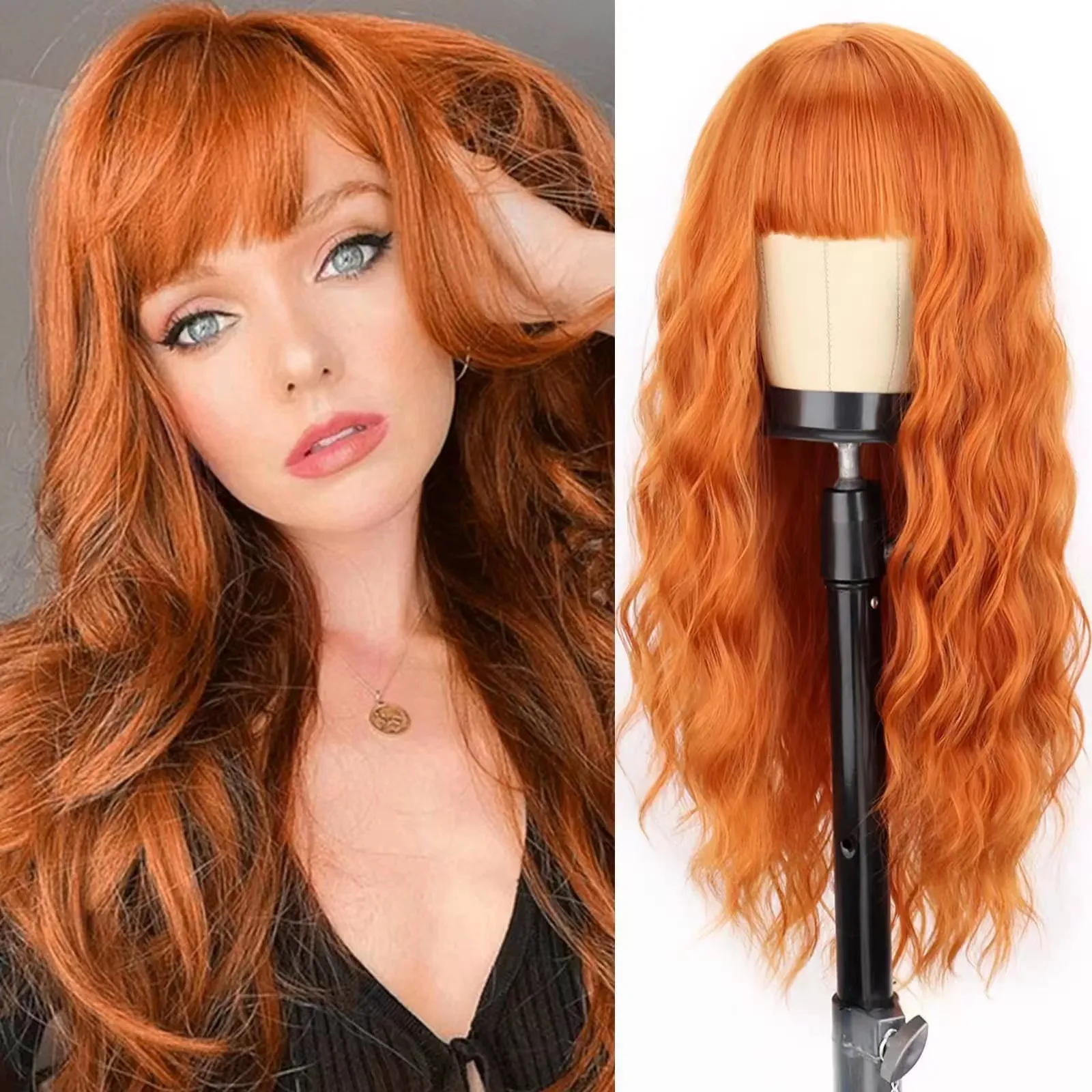
How Are Hair Wigs Made? How to choose a wig
Understanding how different wig types are constructed helps you choose the right one for your needs. Let’s break down the main types of wig caps and how they’re made.
1. Classic or Standard Cap Wigs
A classic cap (also called a standard cap) is created by machine-sewing hair wefts onto the wig base. There’s no lace or mesh in this design – instead, the sewn wefts form rows of hair across the cap. This is one of the most traditional and affordable types of wig construction.
2. Understanding Capless Wigs
The term “capless” might sound confusing since the wig still has a cap. The difference lies in how much open space exists between the wefts:
- Up to 75% open: Capless wig
- 90% or more open: Full capless wig
- 100% open: Completely capless design
The more open the construction, the lighter and more breathable the wig becomes. This allows for better airflow and comfort during wear. Although capless wigs are budget-friendly, they tend to look less natural compared to more advanced options like monofilament caps.
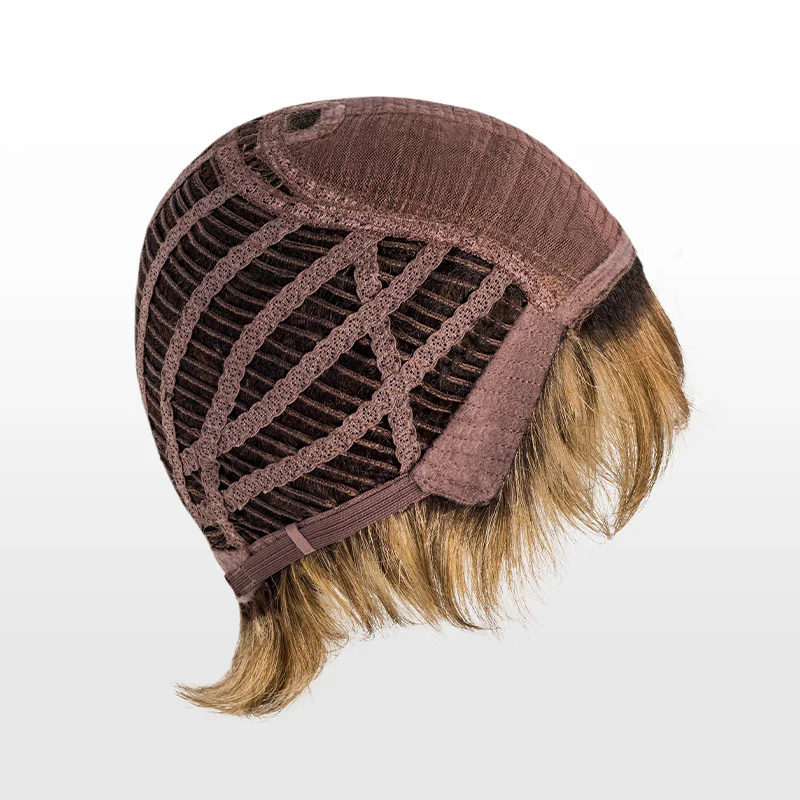
3. Monofilament Caps
Monofilament wigs feature a delicate mesh lace fabric onto which each hair strand is hand-sewn. This technique mimics the natural growth of hair and gives a more realistic look. There are several types of monofilament constructions:
- Full lace wigs: Entirely made of sheer lace
- 360 lace wigs: Lace encircles the entire hairline
- Lace frontal wigs: Lace is only at the front section
- Monofilament part: Lace appears only along the parting area
- Monofilament crown: Lace material is used only at the crown
- Monofilament top: Sheer lace is placed on the top of the wig
Except for full lace wigs, most of these styles combine lace sections with classic cap construction in other areas. The most advanced form of wig construction is the silk top, offering a natural scalp-like appearance and superior realism compared to other types.
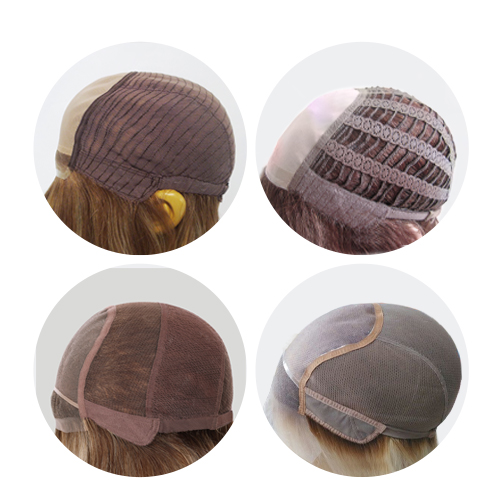
Wig Types: Choosing the Right Style for You
When buying a wig, the first and most important decision is selecting the wig type. There are three main types that stand out for their quality and popularity – Full Lace Wigs, 360 Frontal Wigs, and Lace Front Wigs. Each offers unique benefits depending on your styling needs, comfort preferences, and budget. Below, we break down how each one works and what makes them different.
1. Full Lace Wigs
A Full Lace Wig is considered one of the most premium options on the market – and for good reason. As the name suggests, the entire cap is made from lightweight, breathable lace mesh. Each individual strand of hair is hand-tied onto the lace, giving it a natural and seamless appearance.
Because every hair is manually attached, this type of wig takes longer to make and is more expensive than machine-sewn alternatives. However, the results are unmatched – you’ll enjoy a realistic hairline, natural-looking parting, and complete freedom to style your hair any way you want. From high ponytails to elegant updos, the flexibility is endless.
The ultra-thin lace also makes this wig exceptionally comfortable, giving the feeling of wearing your own natural hair. While it doesn’t allow for adding extra hair bundles for volume, its realism and softness make it the top choice for anyone seeking a flawless, natural look.
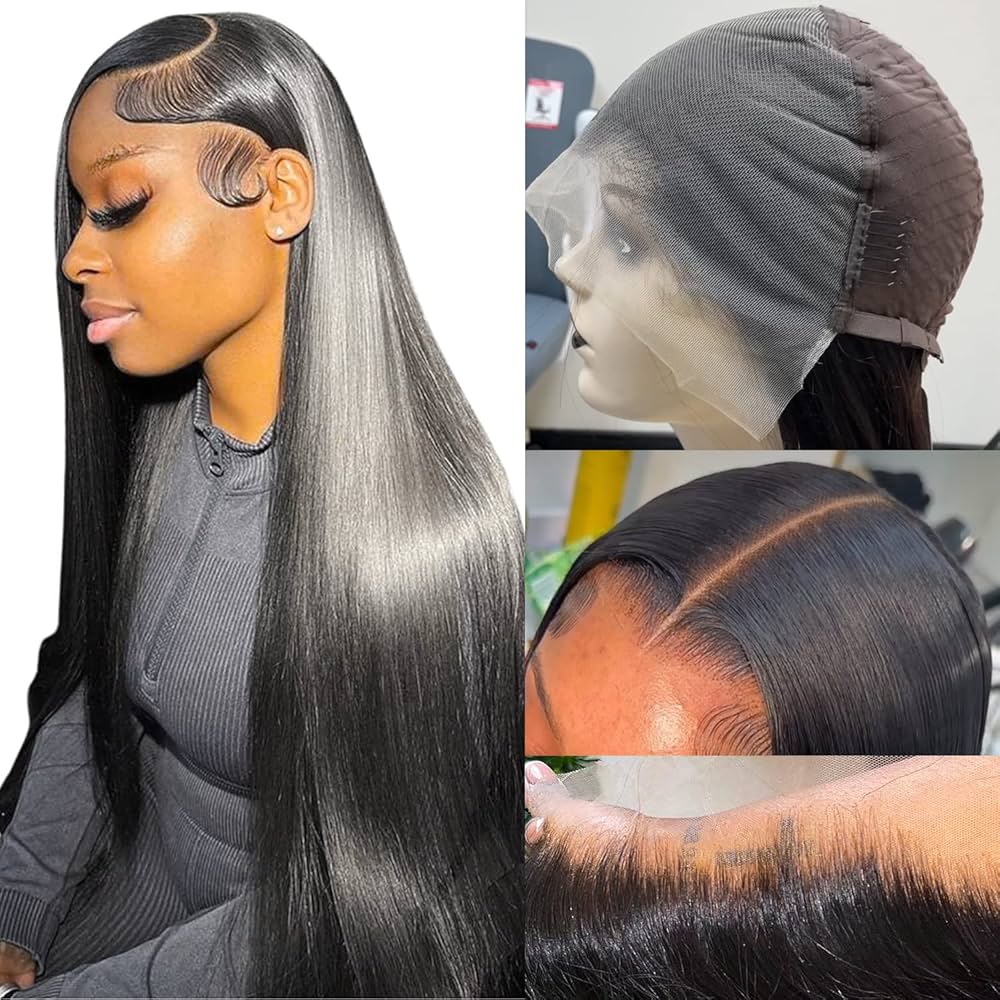
2. 360 Frontal Wigs
A 360 Frontal Wig features lace that goes all around the hairline, with a breathable cap in the crown area. This smart design strikes a balance between affordability and realism you get lace where it’s most visible (around the perimeter) while keeping production costs lower.
The lace portion is hand-tied, creating a natural hairline that blends seamlessly with your scalp. This type of wig is highly versatile – you can experiment with middle parts, side parts, or even high ponytails and buns.
If you’re looking for a realistic look without the high price tag of a full lace wig, the 360 frontal is an excellent mid-range choice.
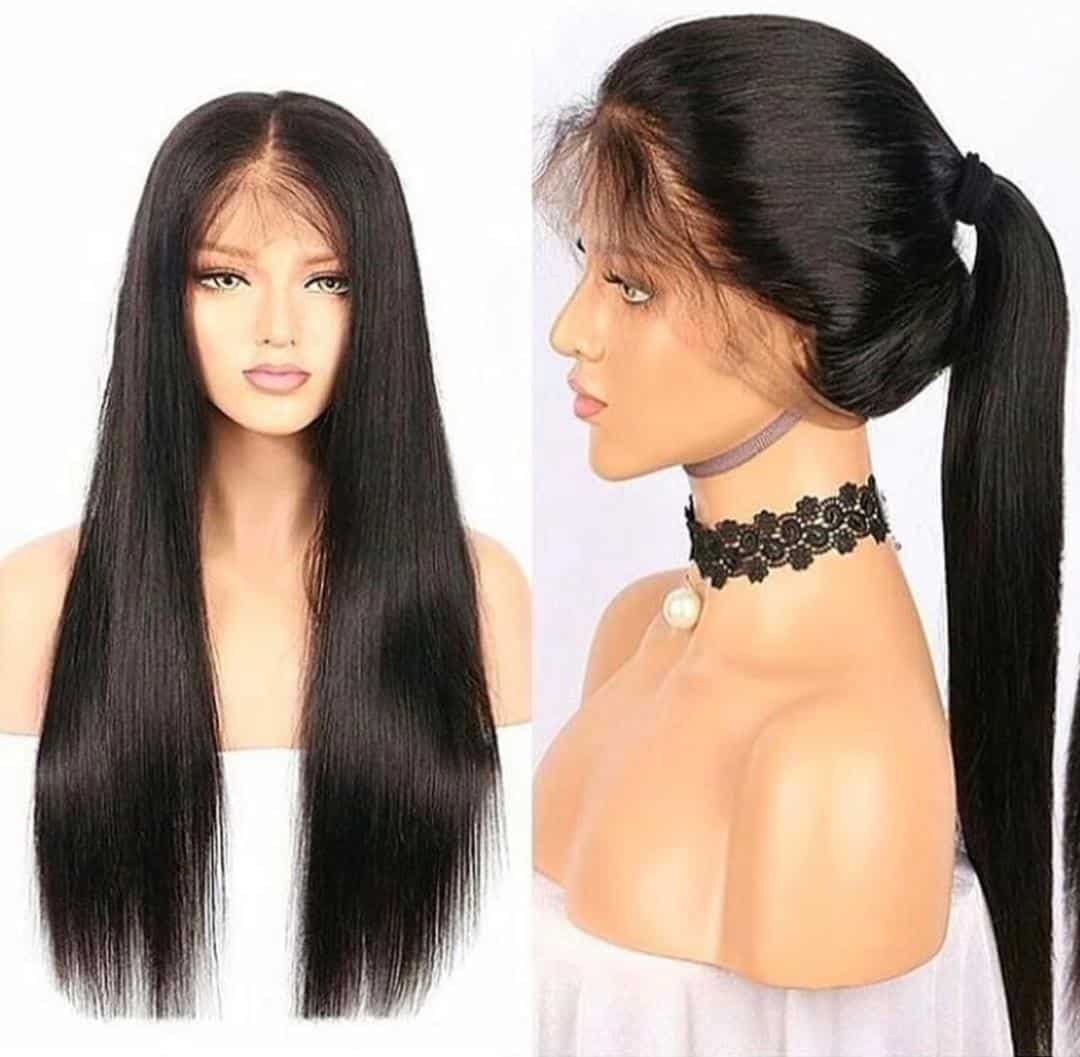
3. Lace Front Wigs
A Lace Front Wig has lace only at the front section – typically from temple to temple – while the rest of the cap is machine-sewn. The front lace allows for a natural-looking hairline, making it a great option for everyday wear.
Since it uses less lace, this type of wig is the most affordable of the three. However, because the back of the wig uses a traditional cap, it’s not ideal for high ponytails or updos. Still, many users prefer this structure for its stability and secure fit.
Another advantage is that you can add extra hair bundles to increase thickness. Simply sew matching bundles onto the cap – or, for convenience, choose a higher-density lace front wig for a fuller appearance without any customization.
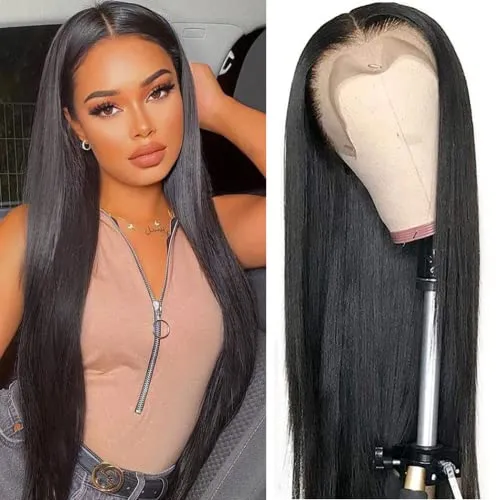
4. Alternative: Hair Extensions
While not technically wigs, hair extensions deserve mention for those who want added length or volume without full coverage. Extensions can blend naturally with your existing hair and offer flexible styling options. If you prefer this route, be sure to check out our comprehensive hair extensions guide for more details.
Whether you choose a full lace, 360 frontal, or lace front wig, your decision should align with your lifestyle, styling goals, and budget. Each type has its own charm – from luxurious realism to everyday practicality.
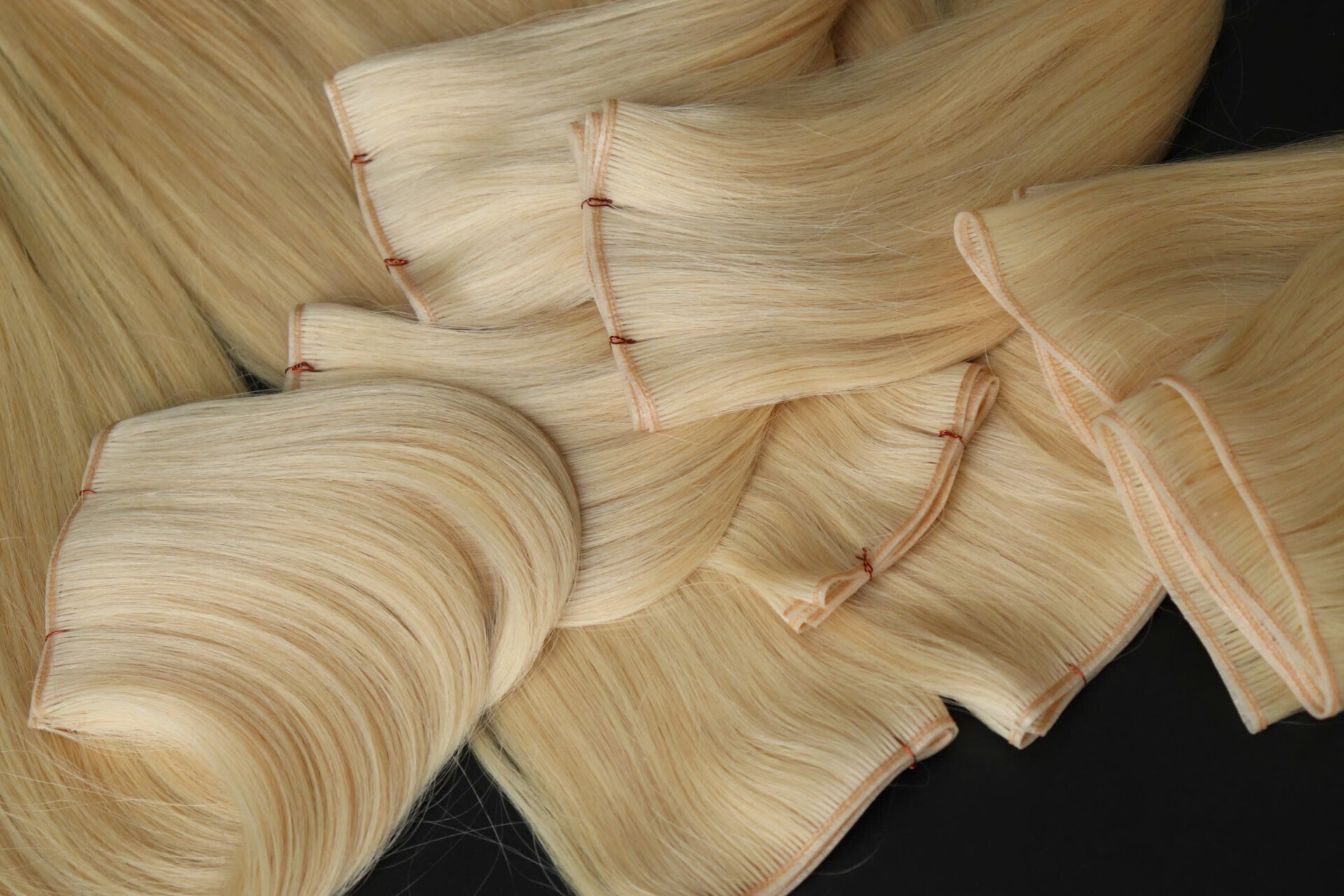
How to choose a wig?
At first sight, learning how to choose a wig can be a confusing endeavor. Finding the right wig for yourself can make you feel like you’ve hit the hair jackpot. But if you know what you’re searching for, it doesn’t have to be a mind game. It turns out that it all starts with the four simple suggestions below for getting a suitable wig.
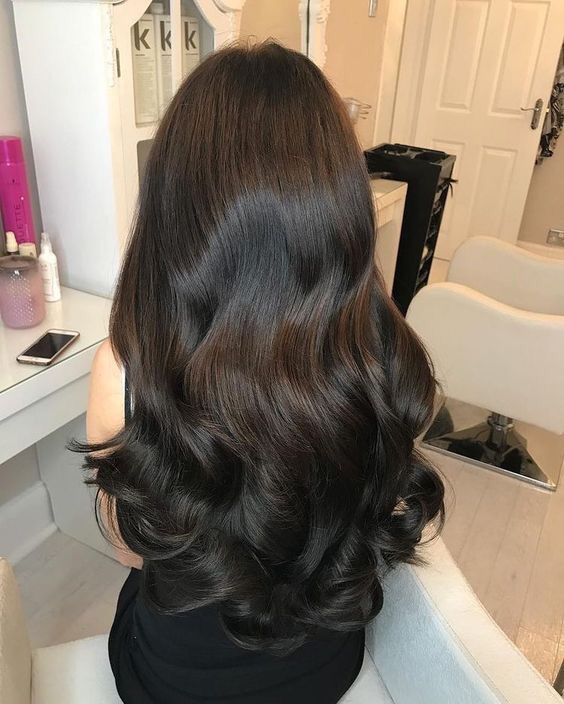
Tip 1: Wig style
The most basic tip on how to choose a wig is to determine which style to pursue. Begin by picking a hair length (short, mid-length, long), then a hair texture (straight, wavy, or curly), and finally a color (dark, light, bleach, etc.). Imagine the versatility and limitless stylistic options you will have.
The length
Whether you’re looking for tailbone-length hair, medium hair, or opting for a very short cut, this hair length chart below will be your guide. Estimate the inches based on your hair texture and how far it extends over your shoulders. This step will help you know what length you need to buy to reach your length goals or add fullness to the mane without affecting the length.
However, keep in mind that the wig length chart shows where extensions will fall when placed on top of your head; if you install hair extensions at the nape area, they will grow considerably longer.
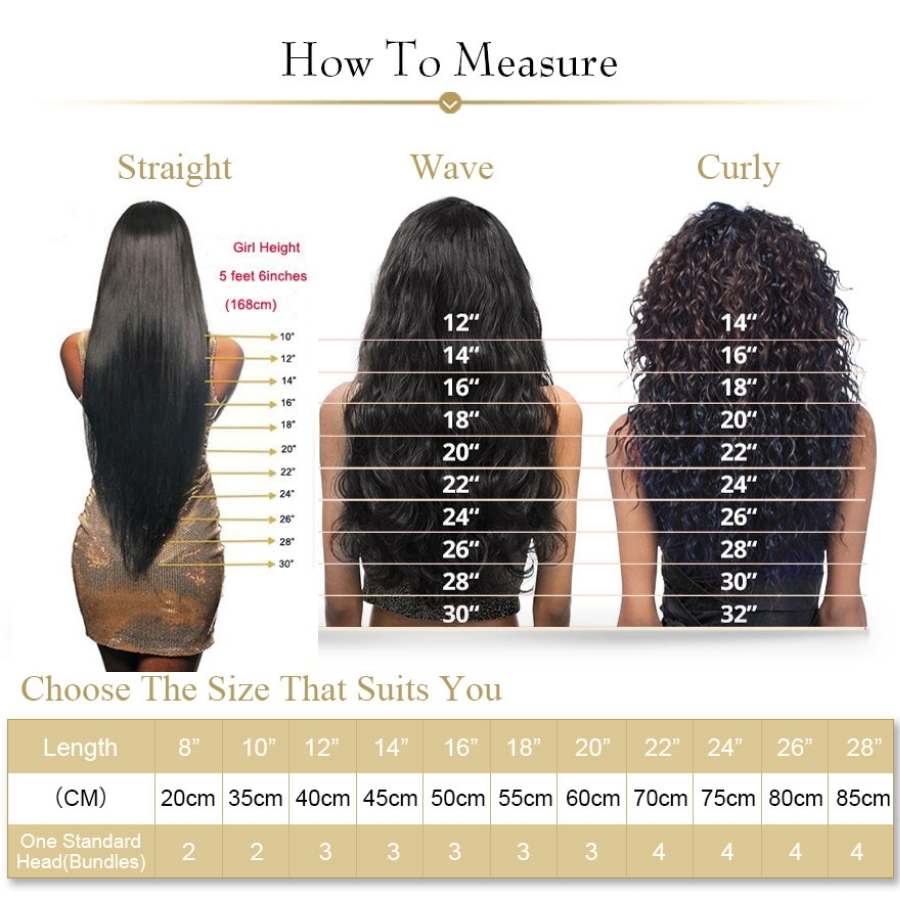
The texture
After doing some research, you may discover that wigs are made with a lot of different hair textures. In addition to the obvious categories like straight, wavy, curly, and coily, Jen hair offers a variety of hair textures for bundles and wigs, such as:
- super Bone straight jen color
- vietnam hair h1 Curl tip
- vietnam hair h3 Loose wavy
- vietnam hair h5 Deep wavy
- vietnam hair h6 Water wavy
- vietnam hair h8 Magic funmi
- vietnam hair h9 Yaki straight
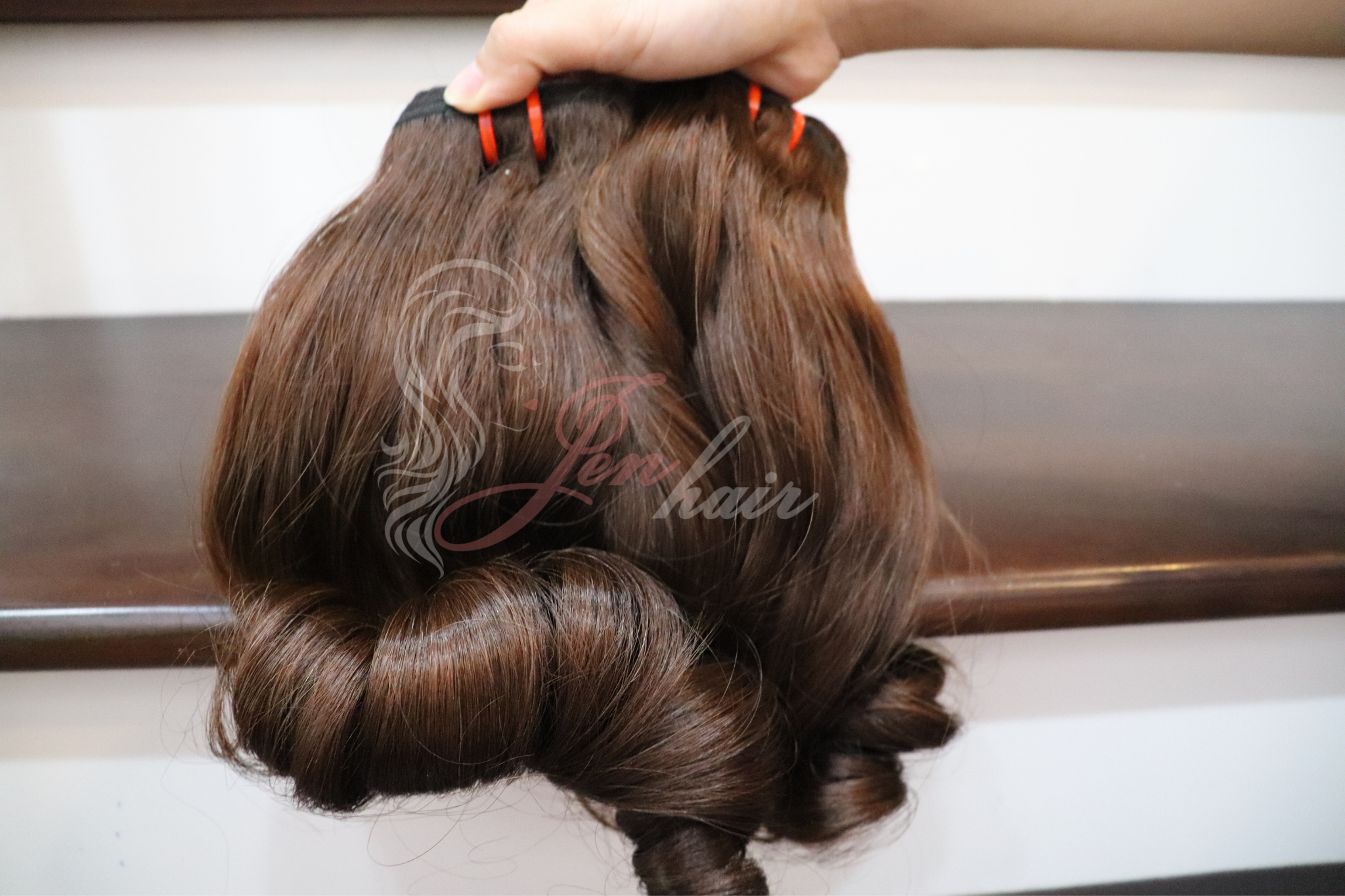
The color
Once you know your desired hair texture, you can now begin to review the different color options available. As hair color is such a personal thing, it really reflects how you feel about yourself.
Shopping for wigs is a delightful experience, but playing with color offers moments of identity. If you’re not sure where to start with color, get inspiration from Pinterest; it’s part of the fun.
Whichever color you choose, Jen Hair knows you’ll look fabulous because you’ve chosen what makes you feel most self-reliant, and if there’s one sure thing, it’s that confidence radiates.
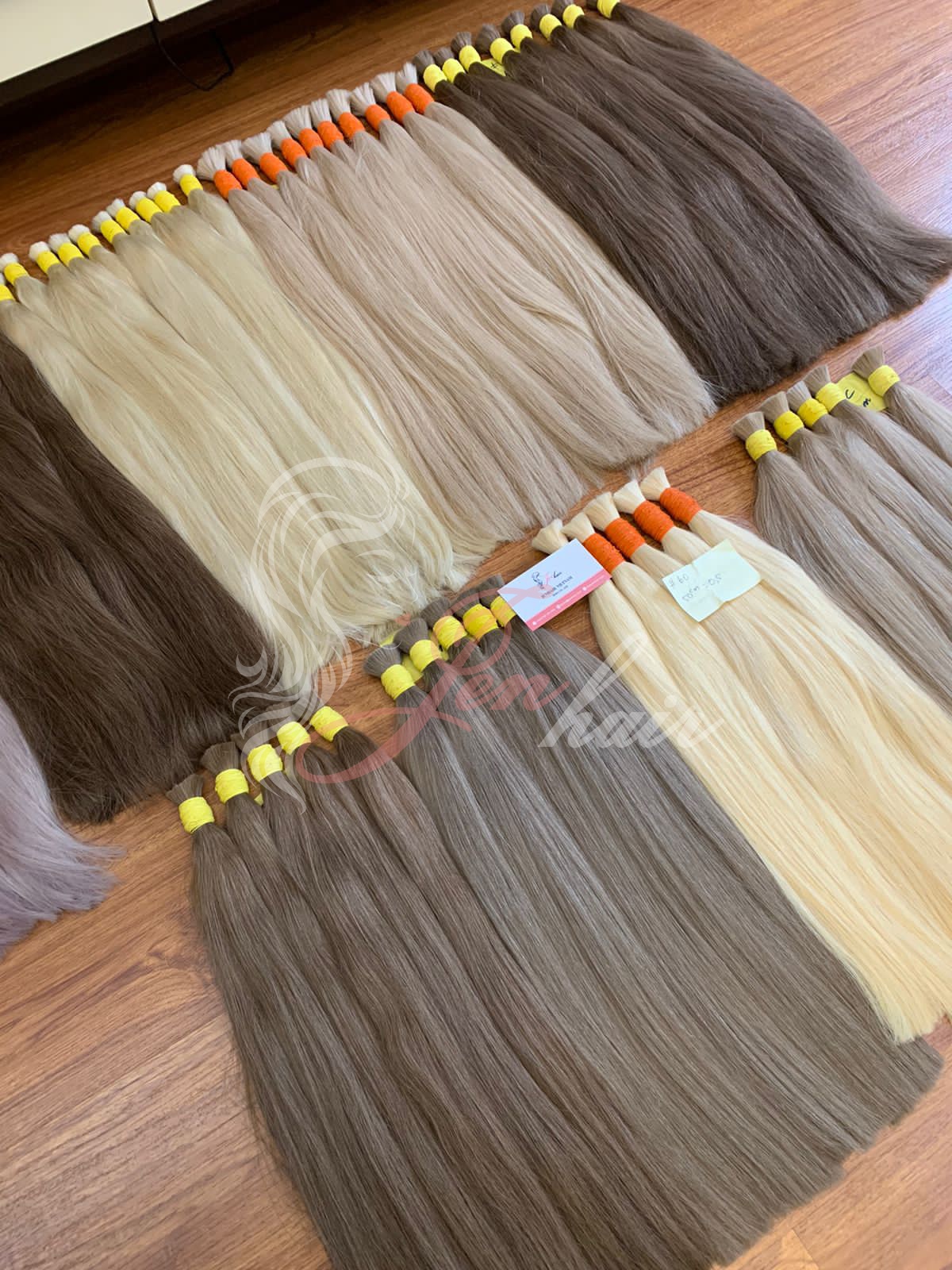
Tip 2: Hair wig type: synthetic or human hair?
While choosing a hairstyle can reveal your personality, the choice of hair material will determine your wig usage habits.
A few years ago, synthetic hair wigs used to feel like a cheap imitation of human hair, but thanks to the development of hair technology, their appearances are practically indistinguishable. So which is a better option for you? Let’s figure out the pros and cons of synthetic and human hair right away!
| Fiber type | Synthetic hair | Human hair |
| Pros |
|
|
| Cons |
|
|
According to hair experts, it is advisable to buy synthetic hair if you are only using it temporarily and cheaply. On the other hand, if you want to use a wig for a long time, human hair is a wise choice.
Depending on your priority for wig products’ durability, hair quality, or price, make the most accurate decision.
Tip 3: Face shape
In the process of choosing a wig, you would want to achieve your dream hairstyle as well as find the wig that looks best with your face shape. So instead of going with the latest fad, try choosing a hairstyle that flatters your face shape.
Whether your face is a rectangle, oval, square, circle, triangle, heart, or diamond, the right hairdo will expertly frame and balance it while showcasing your best features for a flattering and complementary appearance.
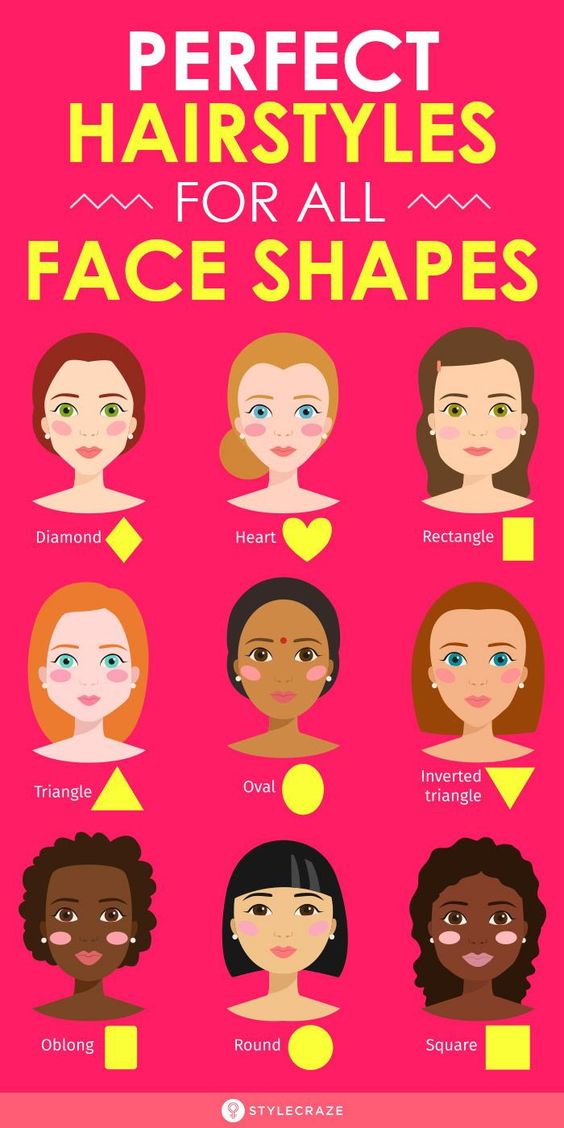
Tip 4: Wig cap
When it comes to how to choose a wig, it is essential to consider a suitable wig cap. The wig cap can have a significant impact on your comfort, styling preferences, and how you prefer your hairline and part to look.
The cap construction
Depending on the demand of each customer, cap constructions are often divided into four main types:
- Basic wig cap: lightweight, breathable, and comfortable, suitable for everyone without the fear of hair loss or scalp damage.
- Lace front: creates the illusion of natural hair growth along the hairline, flexible in hairstyling and parting.
- Monofilament: Provide a natural look at the scalp with an extra layer of soft material for added comfort. Ability to part the hair in different areas
- Hand-tied: Good for sensitive scalps. Luxury option with superior comfort and natural movement
The cap size
Getting the right wig cap size is important, and measuring your wig size correctly will make a huge difference in how comfortable you feel.
To determine the right size wig for you, measure the circumference of your head from the front hairline, behind your ear, to the nape of your neck, to your other ear, and then back to the front hairline.
If you are still confused about your cap size, you can use the cap size chart below to determine the appropriate size of a wig for your head. Otherwise, it’s always best to consult the specific wig size chart for the brand you are interested in, as they may have their own unique sizing system.
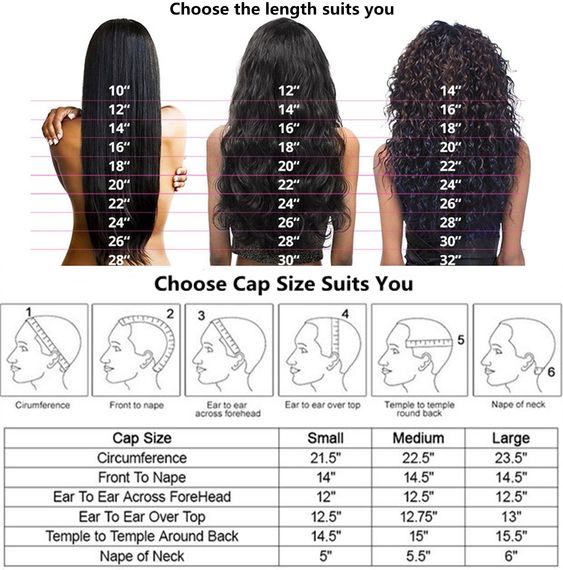
The lace color
When looking for a wig cap, people often focus on choosing the cap construction and the head size but forget about choosing the lace color. Lace color plays a huge role in creating a natural effect when wearing a wig.
In order to match the lace color with your scalp complexion, check the scalp color part of your hair to determine your lace color. Particularly if you have a light or fair skin tone, transparent lace is recommended. Since the transparent lace looks ashy against the skin, it blends perfectly if you have a fairer complexion. If you have a darker skin tone, consider a light brown or brown lace wig for a natural-looking and flawless hairline.
What Does Wig Density Mean?
Wig density refers to how much hair is attached to the wig cap. It determines the fullness, thickness, and volume of the wig. A lower density creates a thinner, lighter look, while a higher density gives you thicker, more voluminous hair.
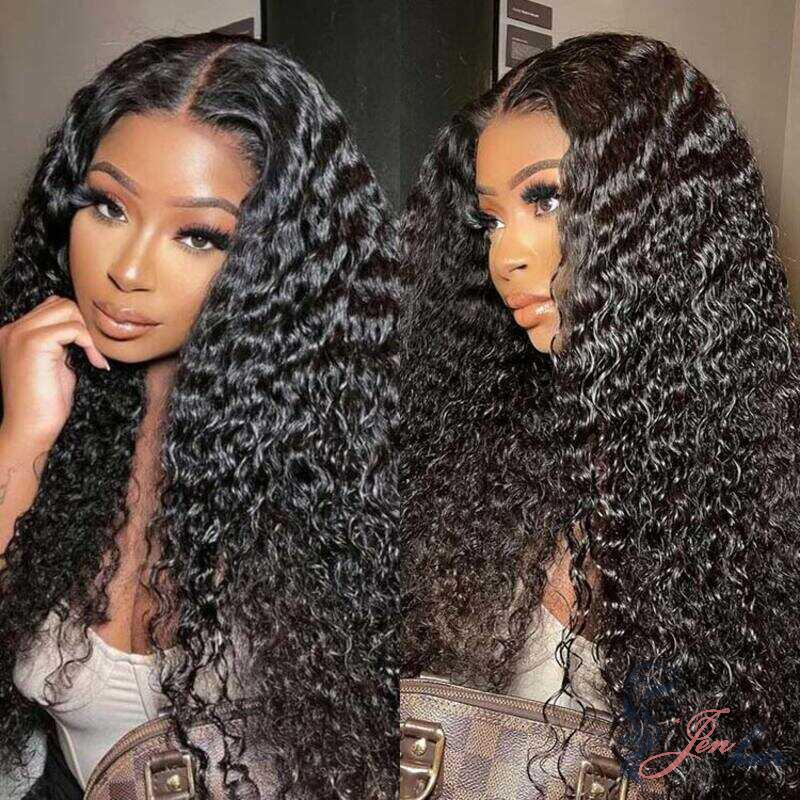
When choosing the right wig density, think about the look you want to achieve. The most natural-looking density is typically around 130%, as it closely resembles the average thickness of real human hair. Densities below 100% are generally not recommended because they appear too thin and lack body.
Different wig types handle density differently for example, full lace wigs usually come with a fixed density, while 360 frontal and lace front wigs allow you to customize fullness by adding extra hair bundles. Below is a breakdown of common density levels to help you decide what works best for your style.
90% Wig Density
This is the lowest density available and results in hair that appears extremely thin and flat. It offers almost no volume, which makes it look unrealistic. Because of this, most reputable wig suppliers don’t carry 90% density wigs they simply don’t meet quality standards. While they may be cheap, they’re not worth the investment.
100% – 110% Wig Density
This range still produces a fine and lightweight appearance. It may work for individuals with naturally thin hair who want to match that texture. However, for most people, it lacks sufficient volume to look natural or flattering.
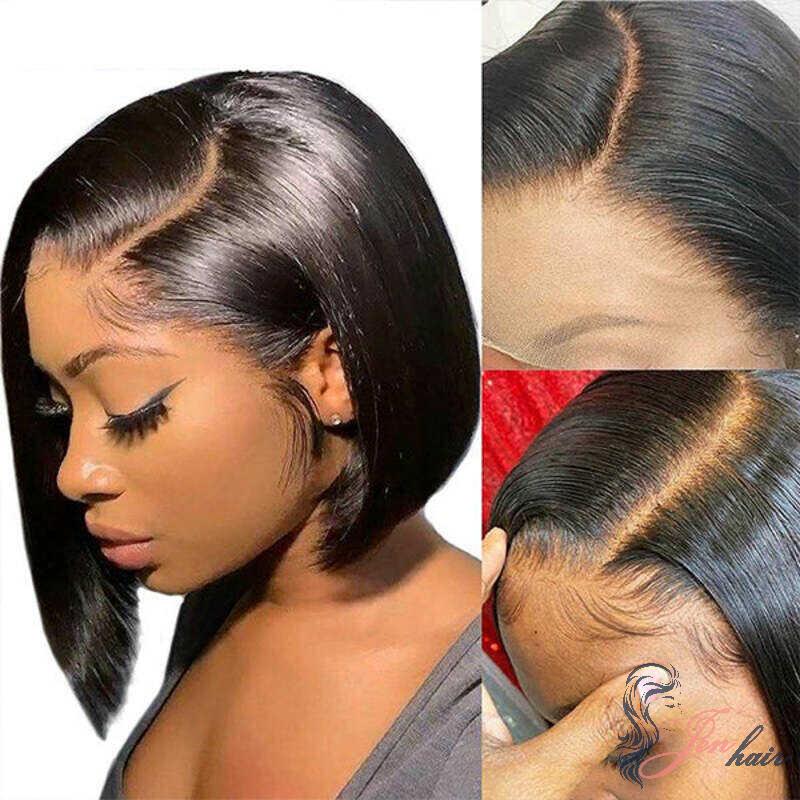
120% – 130% Wig Density
This is the most common and natural-looking density found in wigs. At around 130%, the hair mimics the thickness of average human hair, making it perfect for daily wear. It offers just the right amount of body without appearing overly full.
150% Wig Density
A 150% density wig adds a noticeable boost in volume while still maintaining a natural appearance. It’s great for those who want a bit more thickness for styling flexibility without going too heavy.
180% Wig Density
For a glamorous, voluminous look, the 180% density is an excellent choice. It provides rich fullness and dramatic body while still looking believable. This level of density is perfect for special occasions or anyone who loves long, thick hairstyles.
200% Wig Density
At 200%, you’re entering celebrity-level fullness. This ultra-thick wig density delivers maximum body and striking volume that turns heads. It’s ideal for performers, influencers, or anyone who wants to make a bold impression. Though it’s the most expensive option, the visual impact is unmatched.
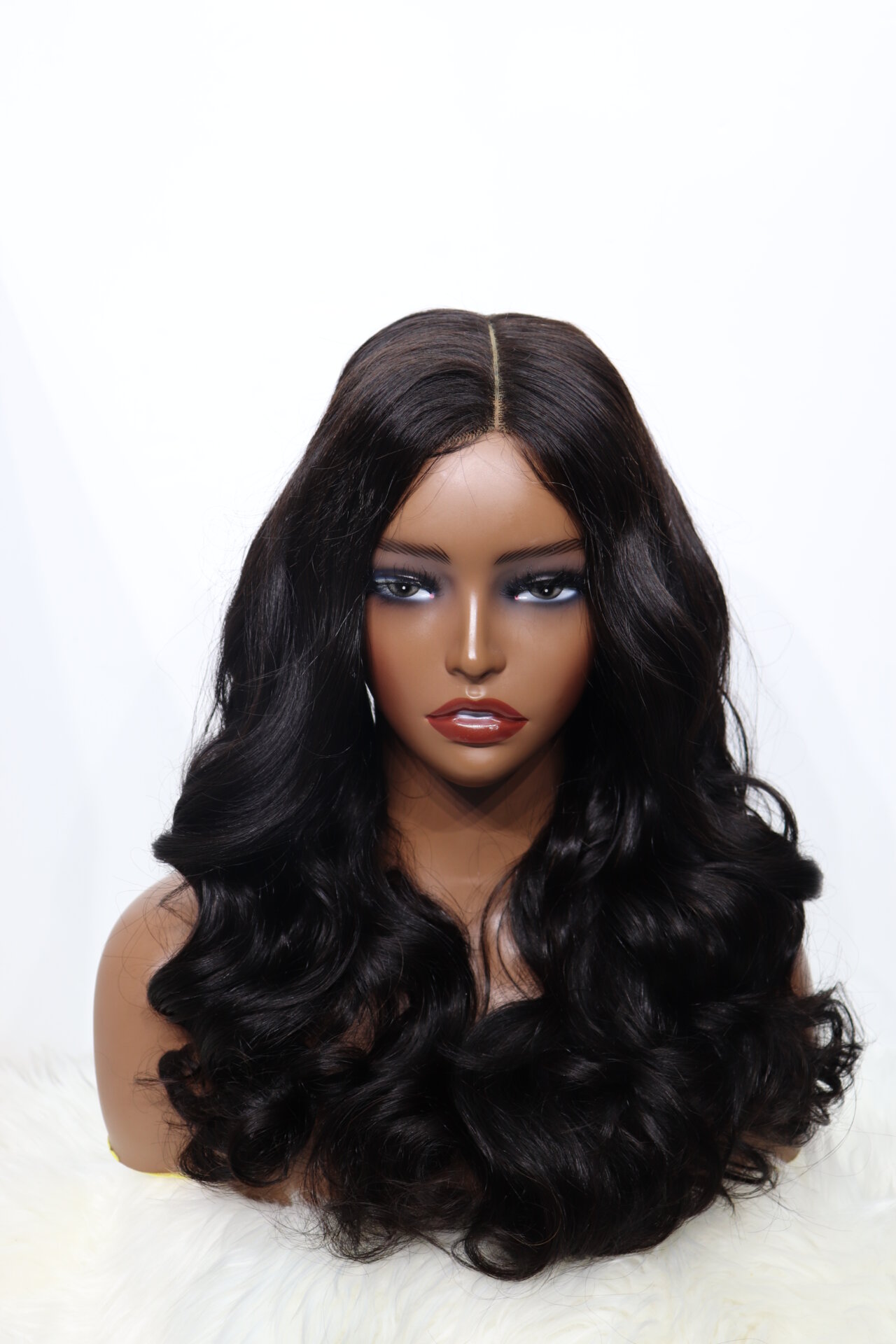
Should Buying a Hair Wig? How to choose a wig
Wigs are a fantastic way to reinvent your appearance without the need to cut or dye your natural hair. Whether you’re aiming for a bold, dramatic makeover or simply want to try a trendy new style, a well-chosen wig can instantly elevate your look. Thanks to modern technology, today’s wigs are more realistic, comfortable, and beautifully crafted than ever before.
Once you’ve decided to purchase a wig, it’s normal to feel a bit overwhelmed by the wide range of options. You’ll need to consider several factors including wig type, hair type, density, texture, length, and cap size to ensure the best fit and most natural result.
Because the process can seem complex at first, we’ve put together a comprehensive wig-buying guide to make your journey simple and enjoyable. In this guide, you’ll also find styling and care tips to help you maintain your wig and keep it looking flawless for as long as possible.
Wig Hair Types: Real vs Synthetic Which One Should You Choose?
When selecting a wig, one of the most important decisions you’ll make is choosing between real human hair and synthetic hair. Each option has its own set of advantages and drawbacks, so the best choice depends on your lifestyle, styling preferences, and budget.
Synthetic Hair Wigs
Synthetic wigs are made from artificial fibers designed to resemble natural hair. While modern technology has improved their appearance, synthetic strands often have a slightly unnatural shine, making them easier to identify. Many people use a bit of powder or dry shampoo to tone down the glossy look.
In terms of longevity, synthetic wigs generally don’t last as long as human hair wigs. They may need replacing more frequently, especially with daily use. Additionally, unless labeled as heat-friendly, synthetic wigs cannot be curled, straightened, or restyled using heat tools and they cannot be dyed, so you’re limited to the color you purchase.
However, synthetic wigs do have some key benefits:
- Low maintenance: They require minimal styling and hold their shape well.
- Affordable price: They are significantly cheaper than real hair wigs, making them great for budget-conscious buyers.
- Convenient option: Perfect for people undergoing medical treatments or those who prefer an easy-care solution.
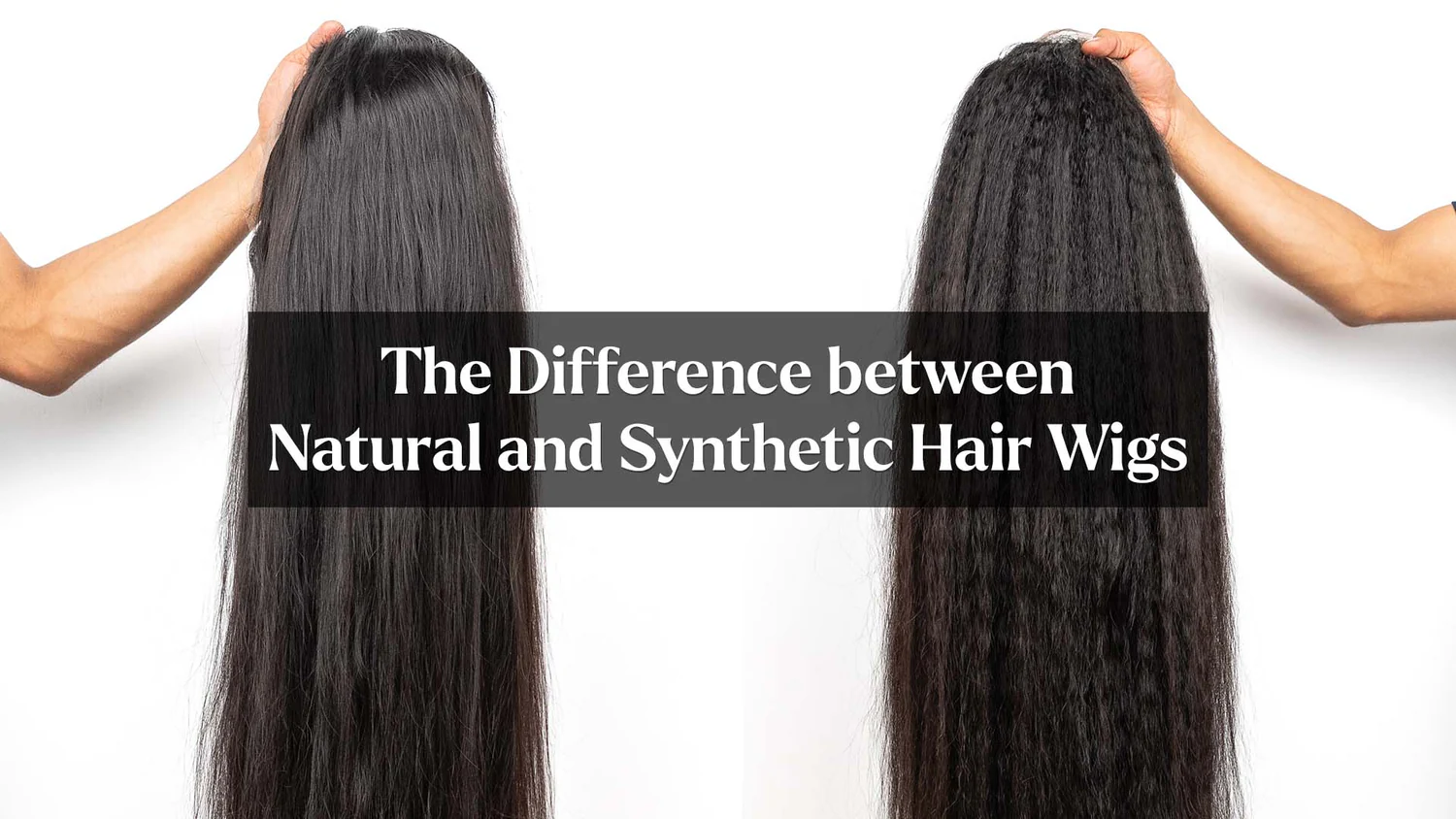
Real Human Hair Wigs
If your goal is a natural, realistic look, human hair wigs are the ideal choice. Made from genuine human strands, they offer unmatched versatility – you can curl, straighten, color, and style them just like your own hair.
Human hair wigs are also long-lasting, often staying in great condition for many months or even years with proper care. They move and feel like natural hair, giving you the most authentic appearance possible.
That said, they do require regular maintenance, such as washing, conditioning, and restyling, and they come with a higher price tag compared to synthetic wigs.
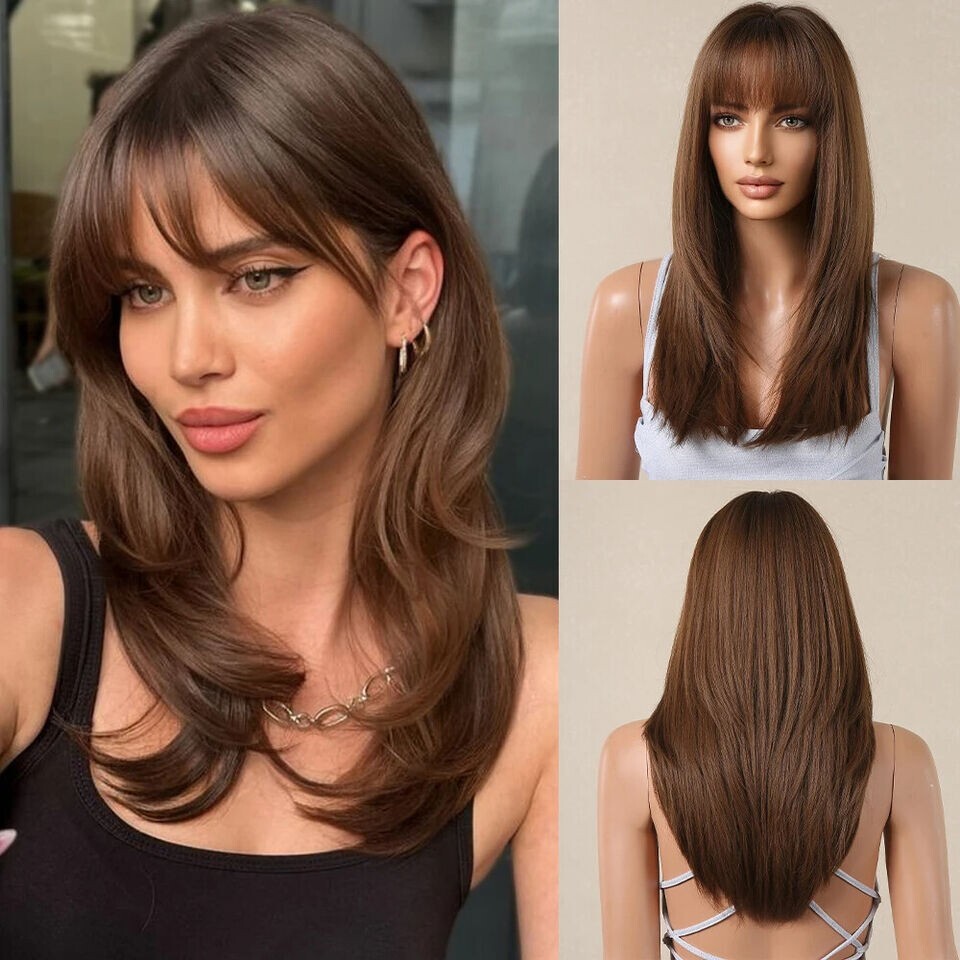
FAQs
1. What kind of wig looks most natural?
The most natural-looking wig is a human hair wig. According to Fae Norris, a hairstylist at Rock Paper Salon: human hair provides the most realistic effect because it’s made from natural hair. It falls and swings the same way natural hair does. Furthermore, it can be styled, blow-dried, curled, or ironed – like business as usual.
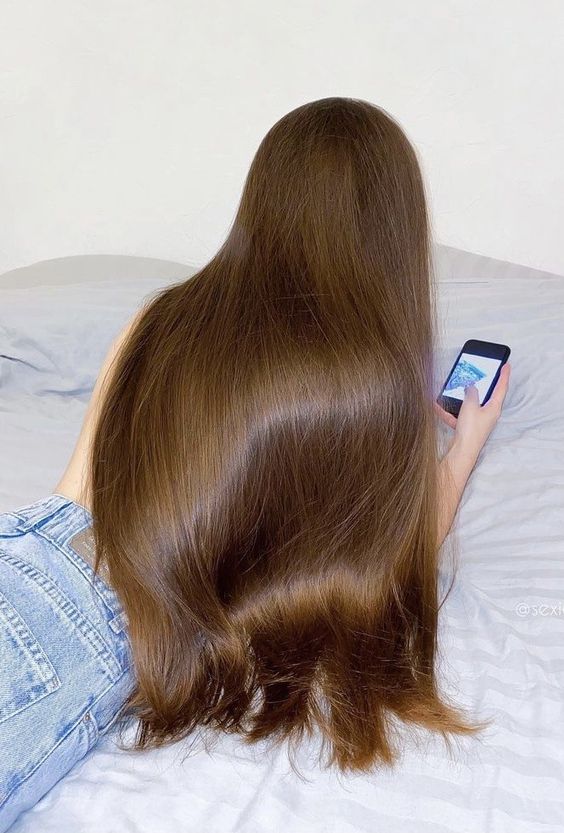
2. How much does a wig cost?
In general, the cost of buying a wig can vary anywhere from $50 – $5000, and human hair wigs and synthetic wigs will have different prices. How much a wig costs depends on several factors, including the location of the wig store, the production source, and the cap’s construction.
While prices vary from store to store due to these factors, on average, a real hair wig can cost between $600 – $5000. For a great quality synthetic wig, your price range is likely to be somewhere between $200 and $500.
3. What is the most comfortable how to choose a wig to wear?
A hand tied wig is the most comfortable to wear, as it’s incredibly soft and lightweight, keeping your head fresh and ventilated all day. This innovative cap design makes hand-tied wigs cooler than many other cap constructions, including their machine-made counterparts.
Since there are no wefts in the construction of the hand-tied wigs, they will be ultra-soft. If you are choosing a wig due to complete hair loss, we would recommend you go for hand-tied wigs, as they are non-damaged and lightweight. The softness against your skin will ensure that you feel comfortable all day, every day.

Final thoughts
To be clear: You can pick absolutely any kind of wig that you gravitate towards. But with that being said, the number of options in the wig market can be daunting. However, if you’re stuck on how to choose a wig, remember that there are several things to take into consideration: style, hair type, your face shape, and the wig cap.
Whether you make a major decision to buy a wig or not, one thing is for sure: a flawless wig is a delightful way to get creative and inspire your outfits, makeup, and beyond.
Along with ways how to choose a wig, Jen Hair hopes that through this article, you can find your wig-come-true that you feel the best in. Finally, don’t forget to keep following us for the best hair guide in the near future!
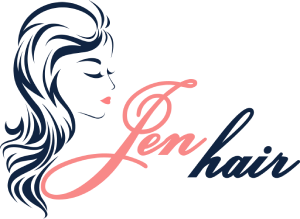
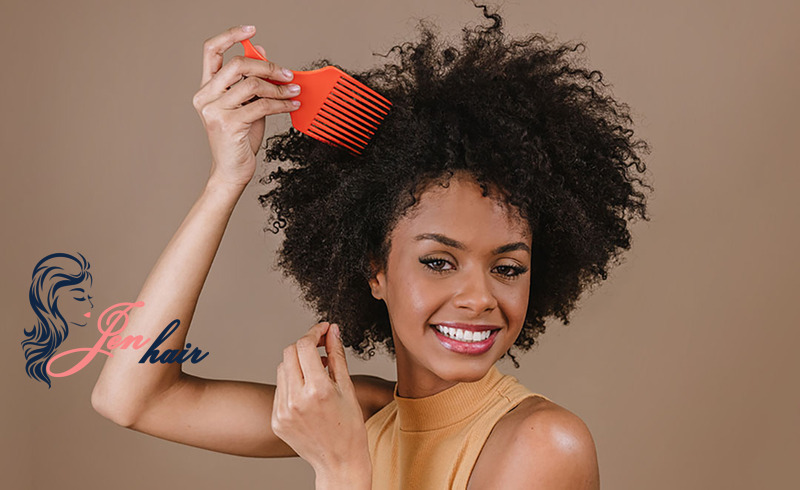 Guide Cornrows With Side Part The Best For Beginner
Guide Cornrows With Side Part The Best For Beginner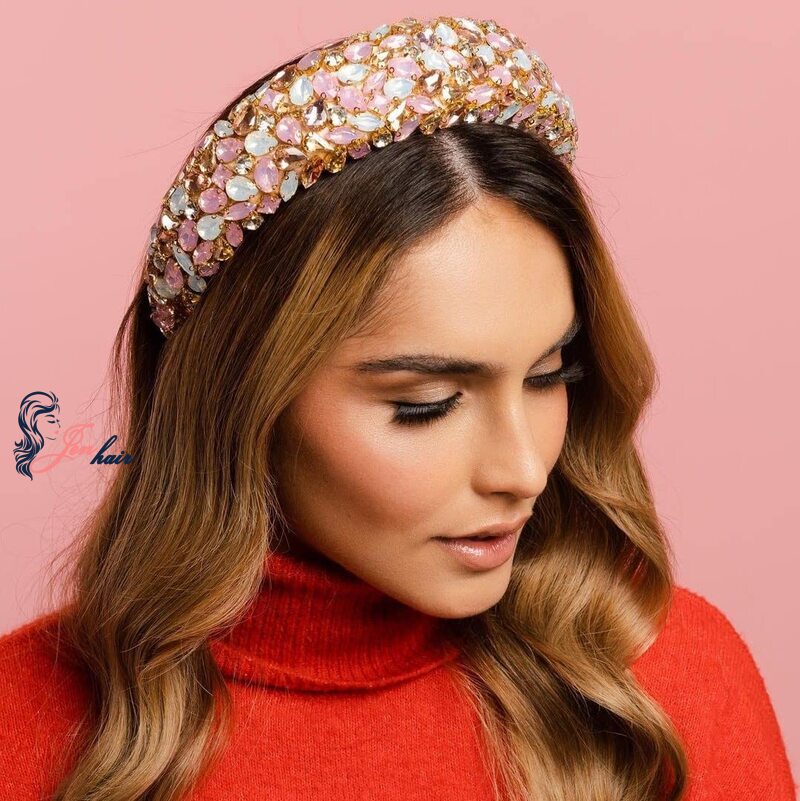 Ultimate Guide: Headband with Hair Attached (Best Styles for 2025)
Ultimate Guide: Headband with Hair Attached (Best Styles for 2025)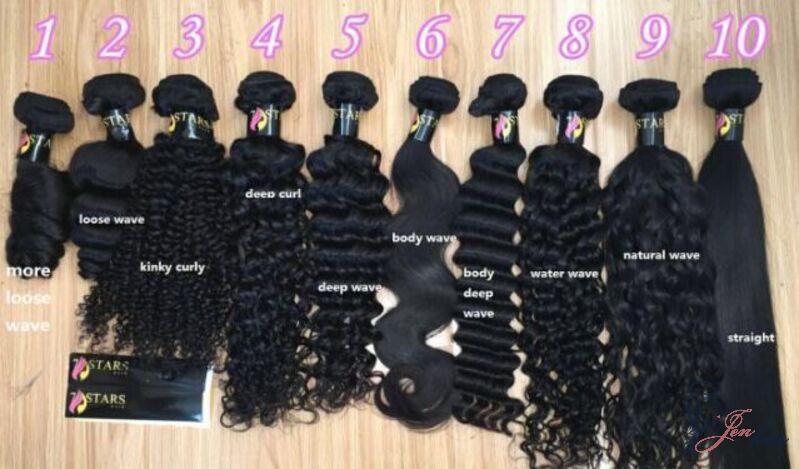 Human Hair Clip In Extensions For Black Hair For Thin Hair
Human Hair Clip In Extensions For Black Hair For Thin Hair
